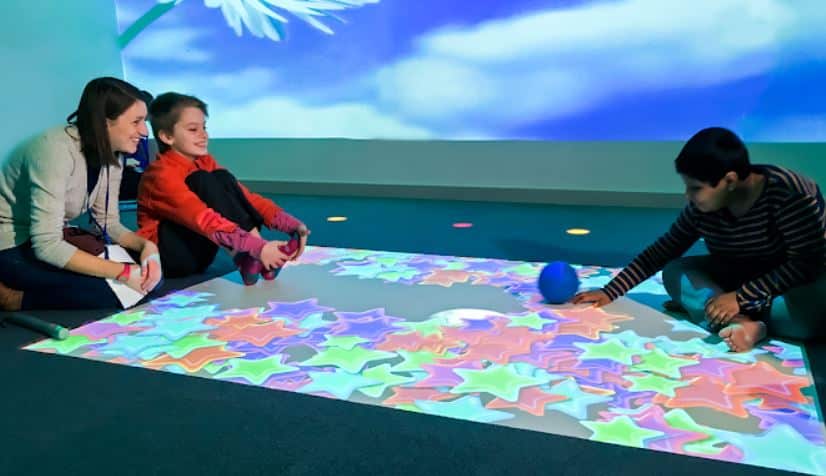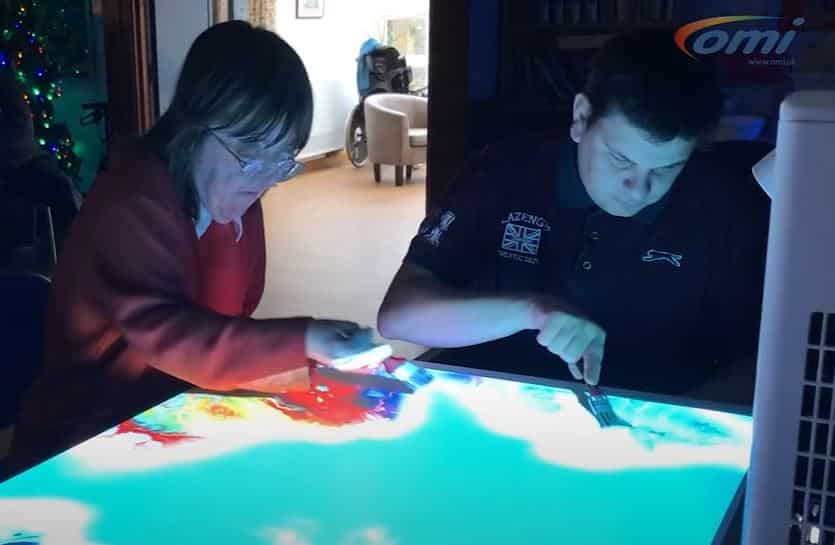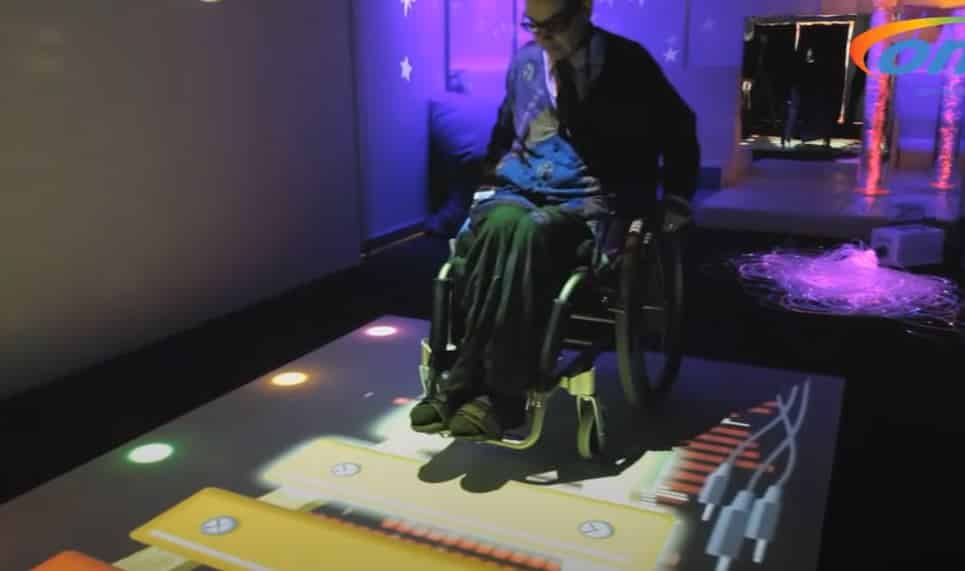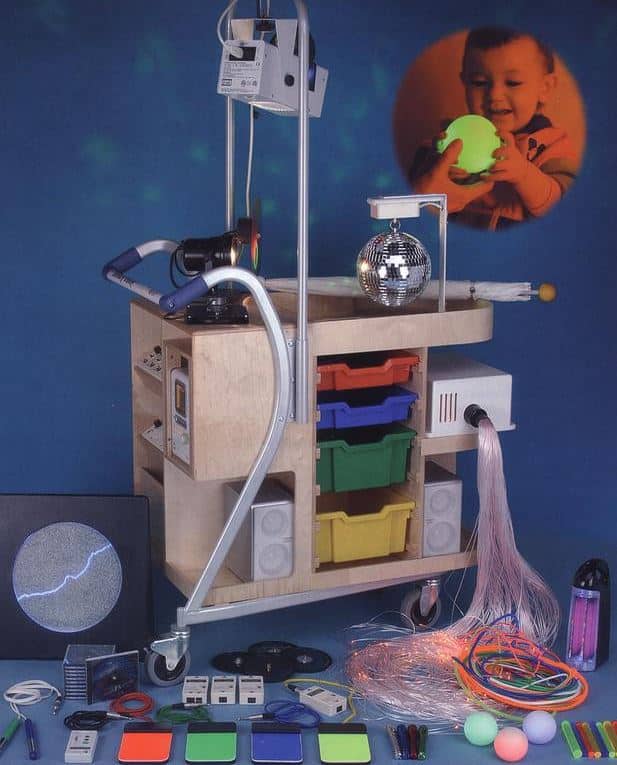As our population ages, the prevalence of dementia continues to rise. Providing a secure and stimulating environment for individuals with dementia is of paramount importance to enhance their quality of life and overall well-being. While there are various strategies to support individuals with dementia, the implementation of a sensory environment has gained significant recognition for its ability to engage and comfort those with cognitive impairments. In this article, we will explore the importance of sensory environments in creating a secure and stimulating atmosphere for individuals with dementia.
At SensoryOne, we’re sensory environment design and equipment supply experts. From health care to nursing homes, elderly inflicted with dementia help the patient experience and enhance quality of life. Find out more.
Understanding Dementia and its Challenges
Dementia is a progressive condition that affects memory, cognition, behavior, and overall functioning. Individuals with dementia often experience confusion, agitation, anxiety, and a decline in their ability to communicate effectively. In this context, the physical environment plays a crucial role in minimizing distress and promoting a sense of well-being.
The Significance of Sensory Environments
A sensory environment refers to a purposefully designed space that stimulates and engages multiple senses. This environment incorporates visual, auditory, tactile, and olfactory elements to create a holistic and immersive experience. For individuals with dementia, a sensory environment can provide numerous benefits, such as:
- Stimulation and Engagement: A sensory environment offers a wide range of stimuli, including light displays, soothing music, textured materials, and pleasant aromas. These sensory cues can capture attention, stimulate the senses, and promote engagement, helping individuals with dementia remain active and focused.
- Calming Effect: Sensory environments can also have a calming effect on individuals with dementia. Gentle lighting, soft music, and nature sounds can create a tranquil atmosphere, reducing anxiety, agitation, and aggressive behavior. Such calming elements can create a sense of security and help individuals with dementia feel more relaxed and at ease.
- Memory Recall: Sensory stimuli have a powerful impact on memory recall. By incorporating familiar scents, sounds, and objects into the environment, sensory spaces can trigger positive memories and evoke a sense of familiarity and comfort for individuals with dementia. This can help reduce disorientation and improve mood.
Designing a Sensory Environment
Creating a sensory environment tailored to the specific needs of individuals with dementia requires careful planning and consideration. Here are some key factors to keep in mind:
- Lighting: Natural and soft lighting is ideal for a sensory environment. It can create a welcoming ambiance and reduce glare, shadows, and confusion. Incorporating adjustable lighting systems can allow for customization according to individual preferences.
- Colors, Visual Stimulation & Interaction: Choose a color scheme that is calming and easy on the eyes, such as pastels or earth tones. Use visually stimulating elements like murals, artwork, and photographs to evoke positive emotions and promote reminiscence. Interactive projectors provide great benefits for those with dementia.
- Sounds and Music: Incorporate soothing and familiar sounds, such as nature sounds or instrumental music. Avoid sudden or loud noises that may cause distress. Consider using personalized playlists with music from the individual’s era or cultural background.
- Textures and Tactile Stimulation: Provide a variety of textures and tactile experiences. Soft blankets, textured surfaces, and sensory toys can offer comfort and engagement. Encourage individuals to touch and explore different materials to stimulate their sense of touch.
- Scent and Aromatherapy: Introduce pleasant scents through essential oils, such as lavender or citrus, to create a calming atmosphere. However, ensure that scents are not overwhelming and that individuals have the option to control or choose the aromas they prefer.
- Safe and Comfortable Furniture: Select furniture that is comfortable, safe, and easy to navigate. Avoid clutter and ensure that pathways are clear to prevent falls and accidents. Incorporate seating options that provide support and encourage social interaction.
- Personalization and Individual Preferences: Every individual with dementia is unique, so it is important to consider their personal preferences when designing a sensory environment. Involve the person with dementia, family members, and caregivers in the decision-making process to create a space that resonates with their individual needs and interests. At-home equipment, such as interactive projectors are beneficial.
Sensory Environments for Improved Quality of Life
Creating a secure and stimulating environment for individuals with dementia is vital to enhance their well-being and overall quality of life. Sensory environments play a pivotal role in achieving this goal by providing stimulating and calming elements that engage multiple senses. By carefully designing sensory spaces, incorporating soothing sounds, calming visuals, pleasant scents, and tactile stimulation, we can help individuals with dementia feel more comfortable, reduce distress, and promote a sense of security and belonging. Let us embrace the potential of sensory environments to create a positive impact on the lives of those with dementia.








